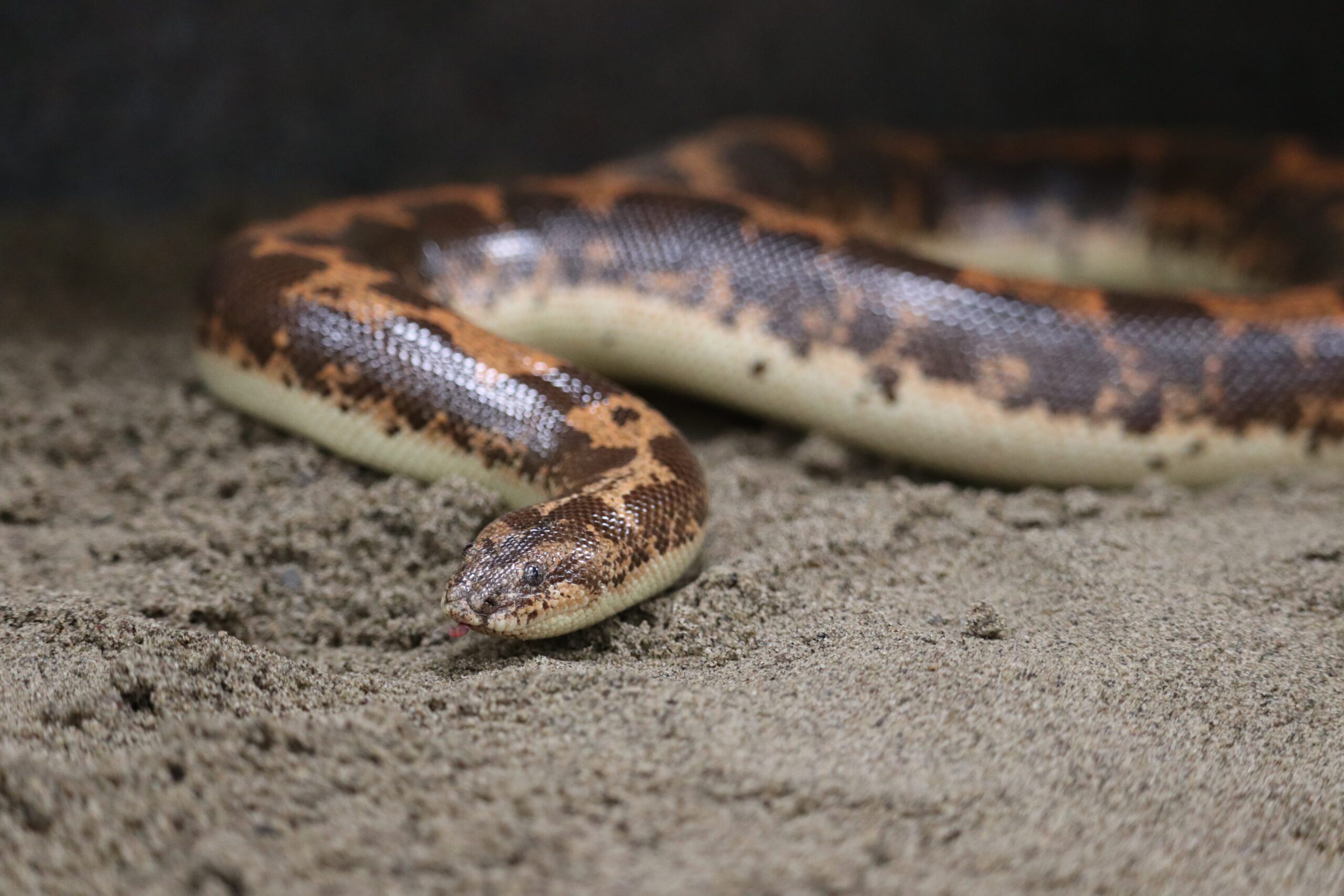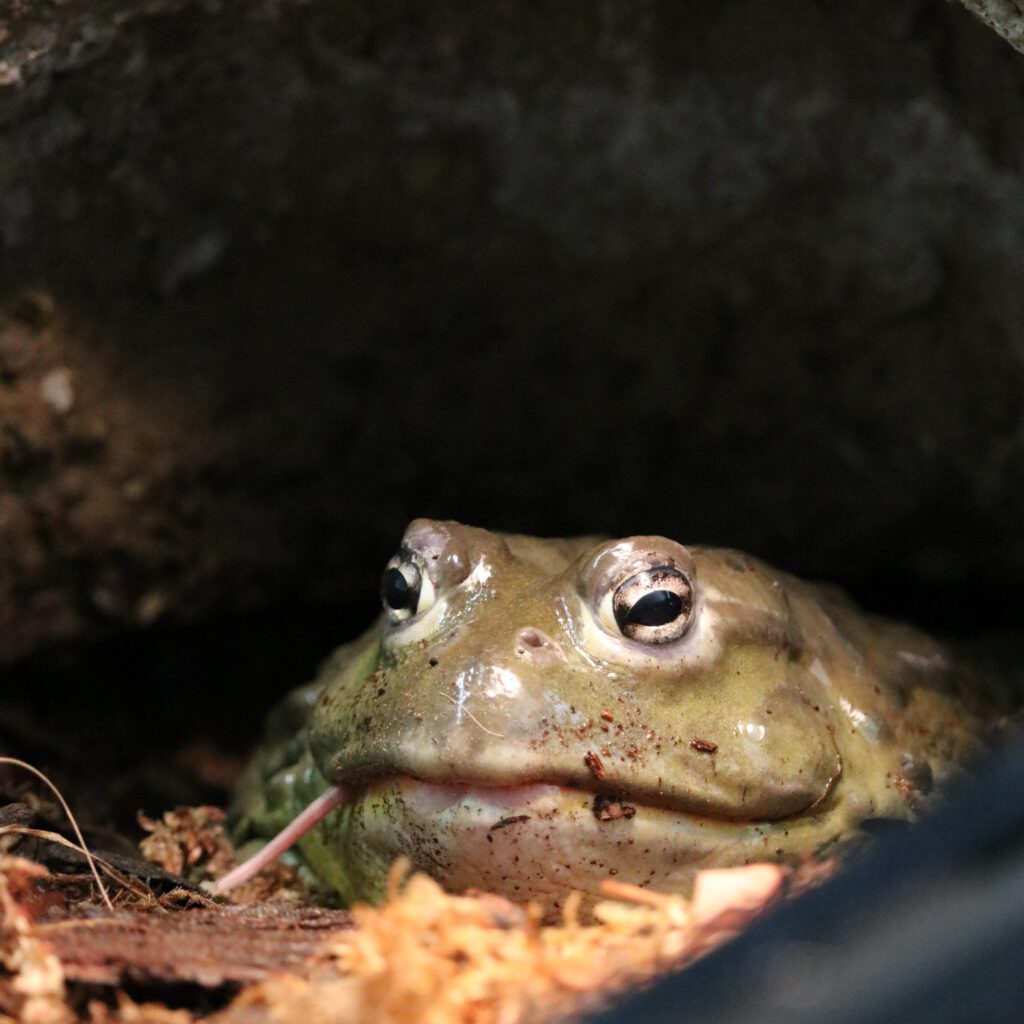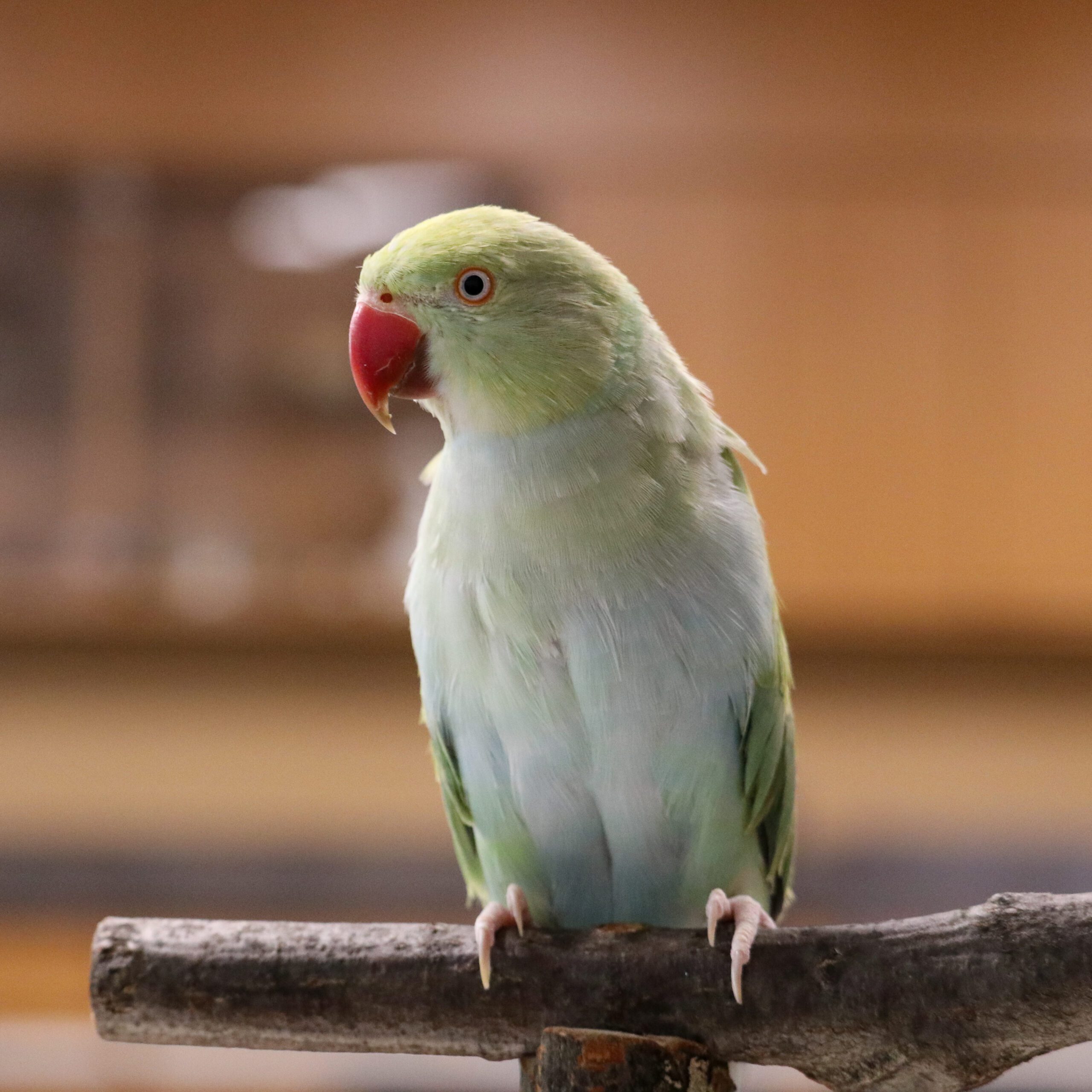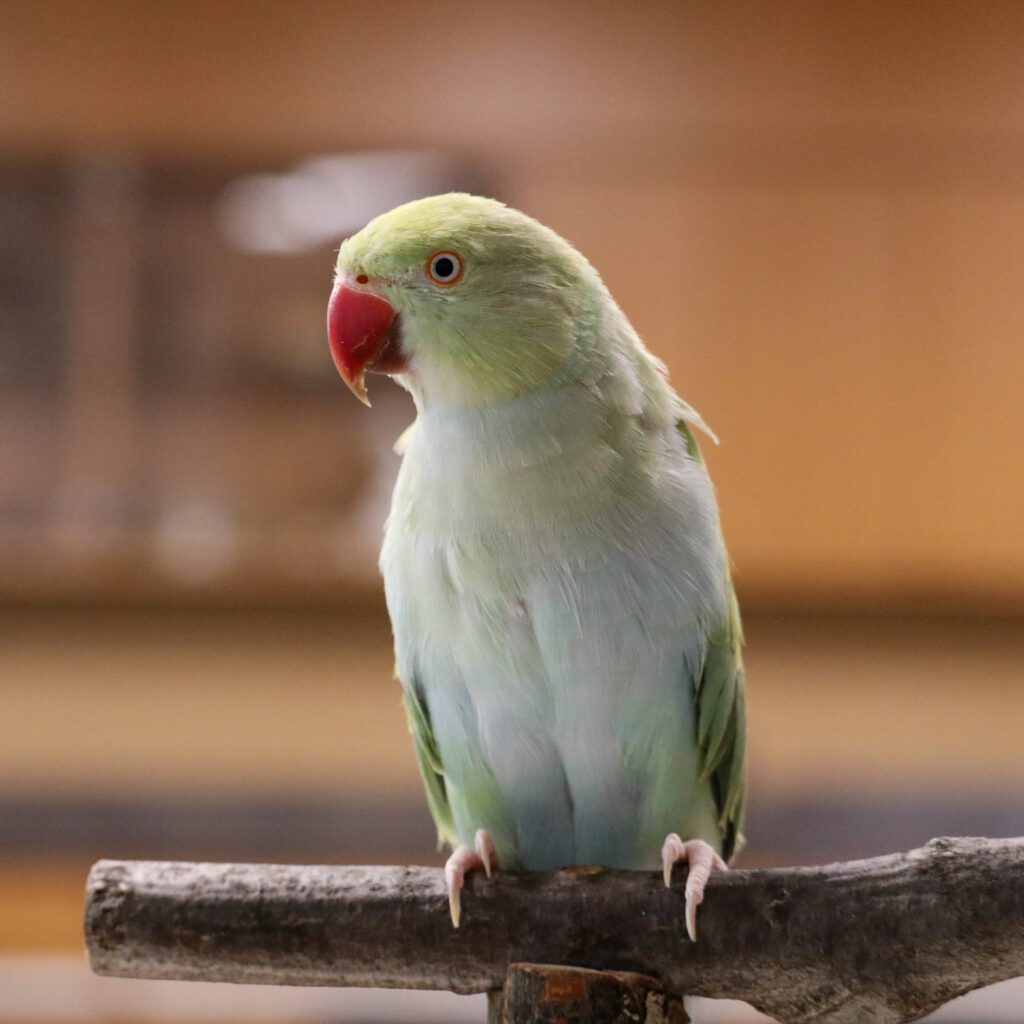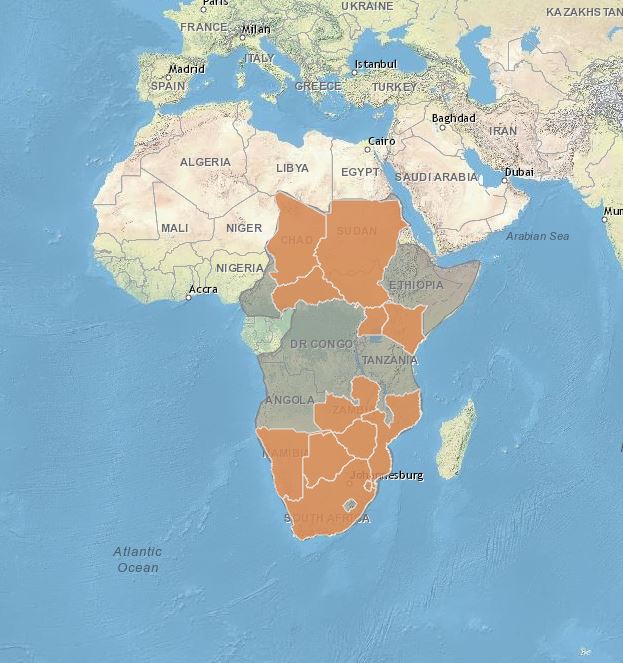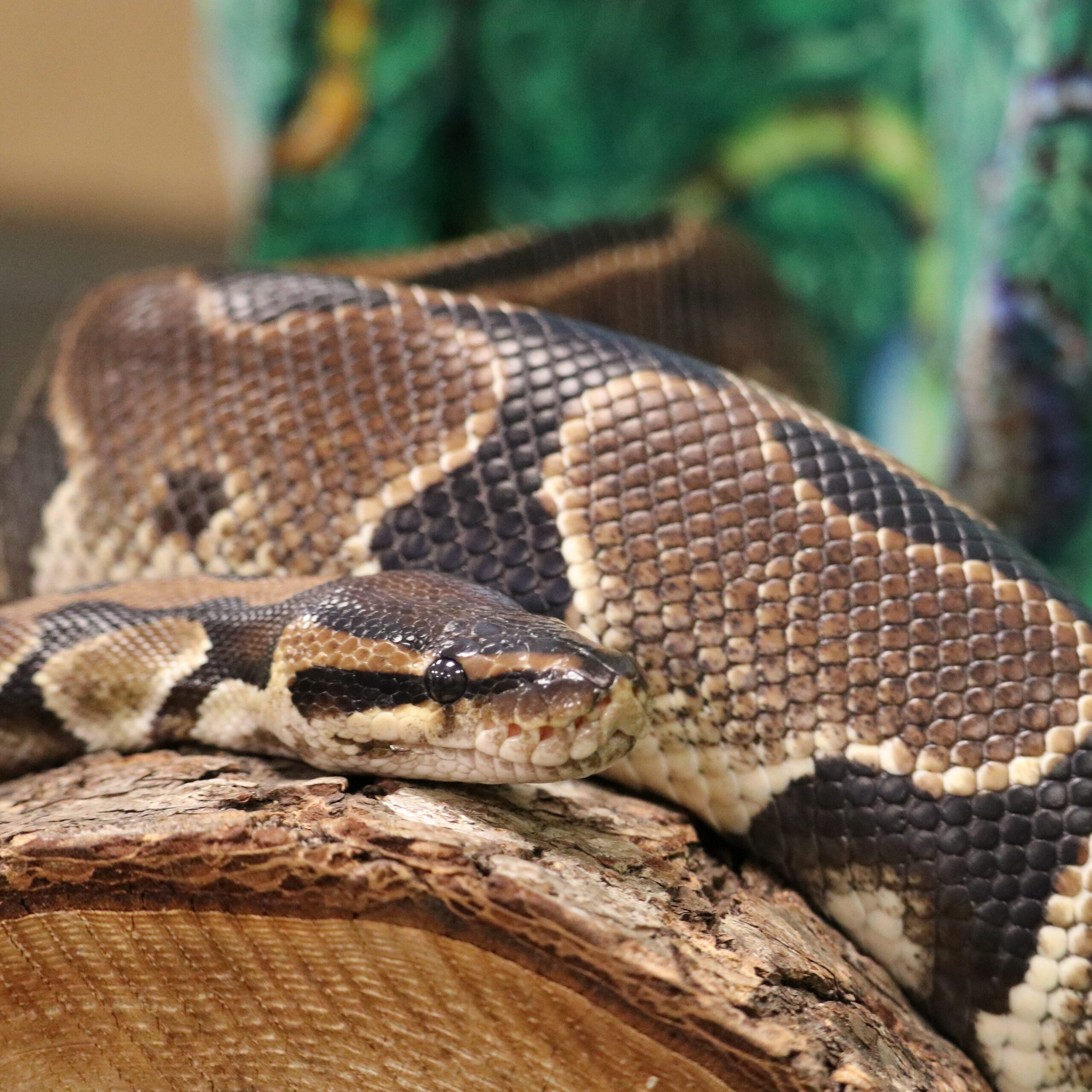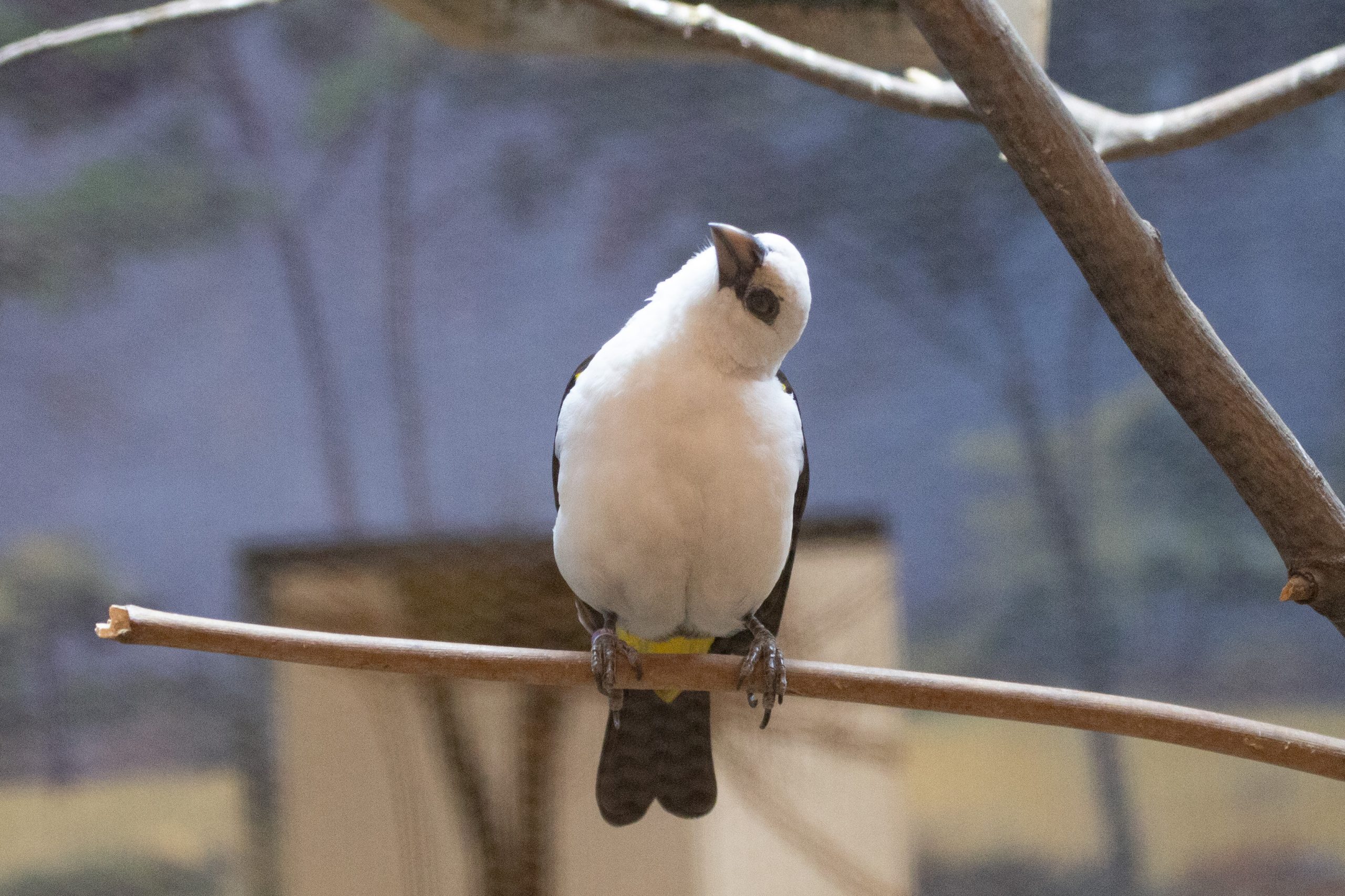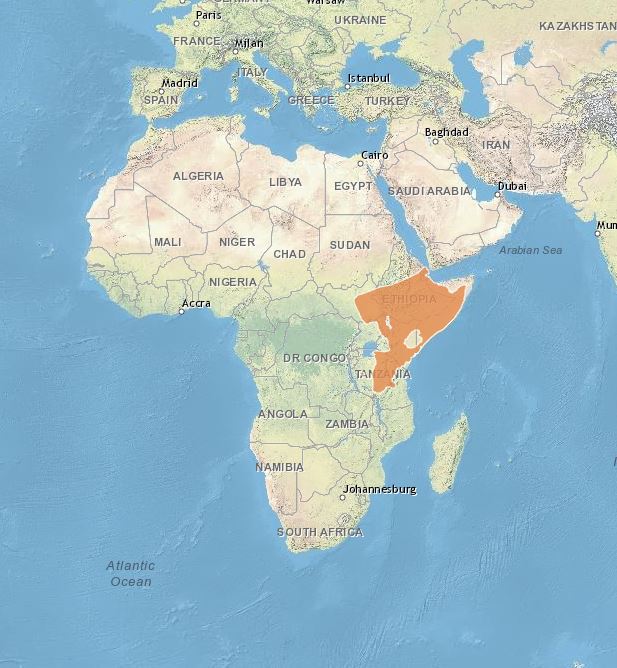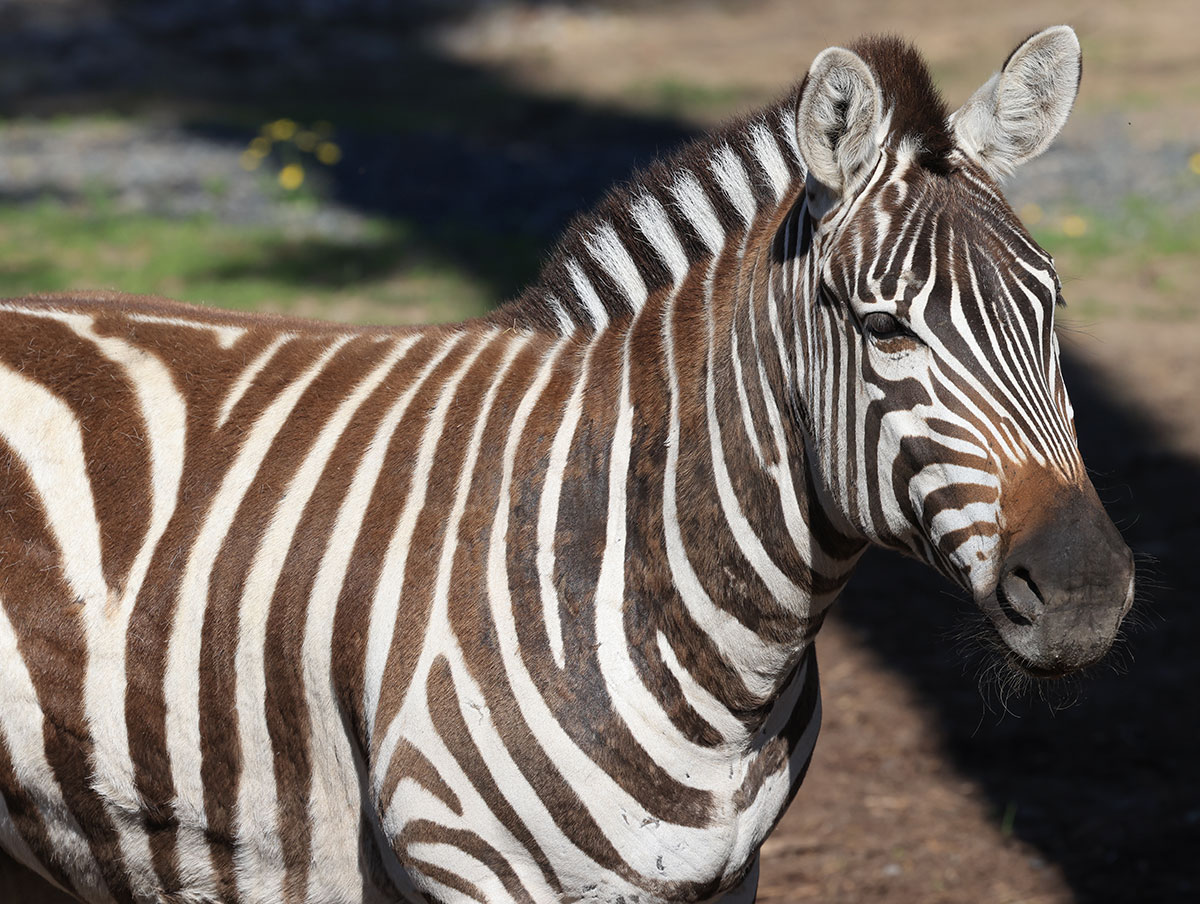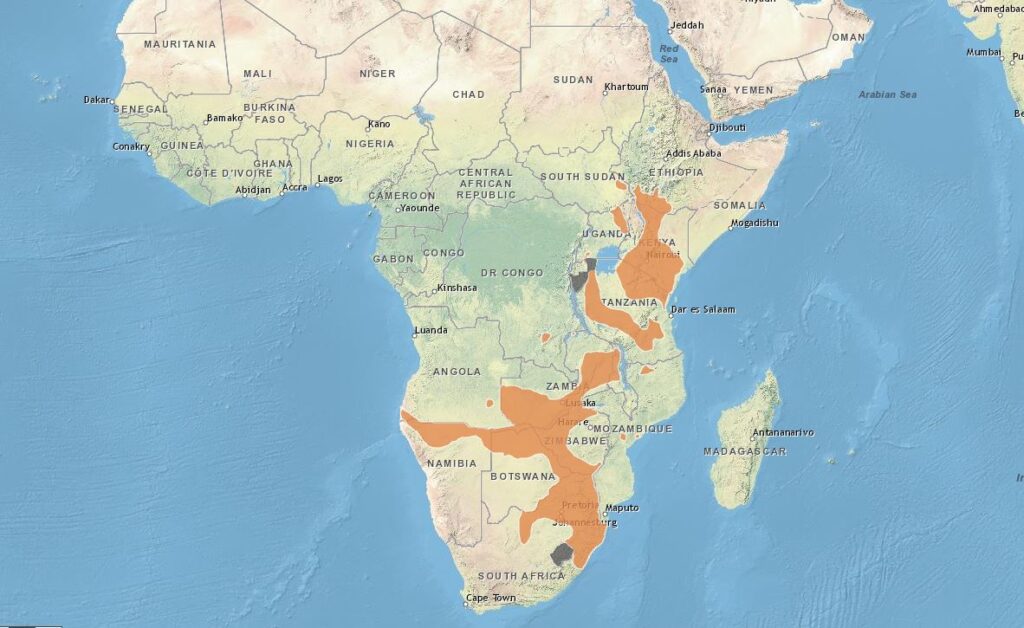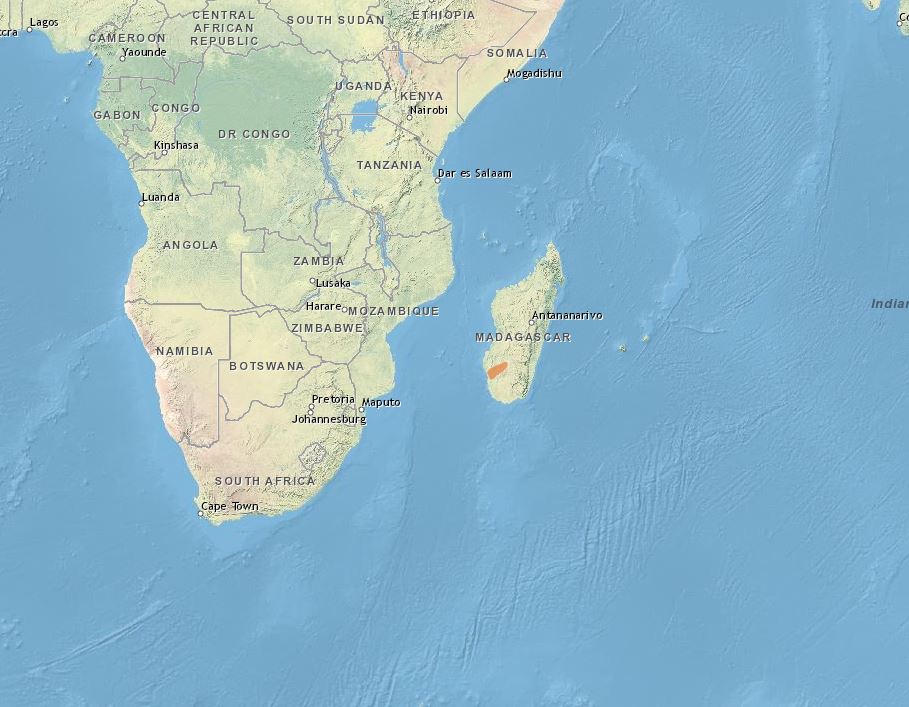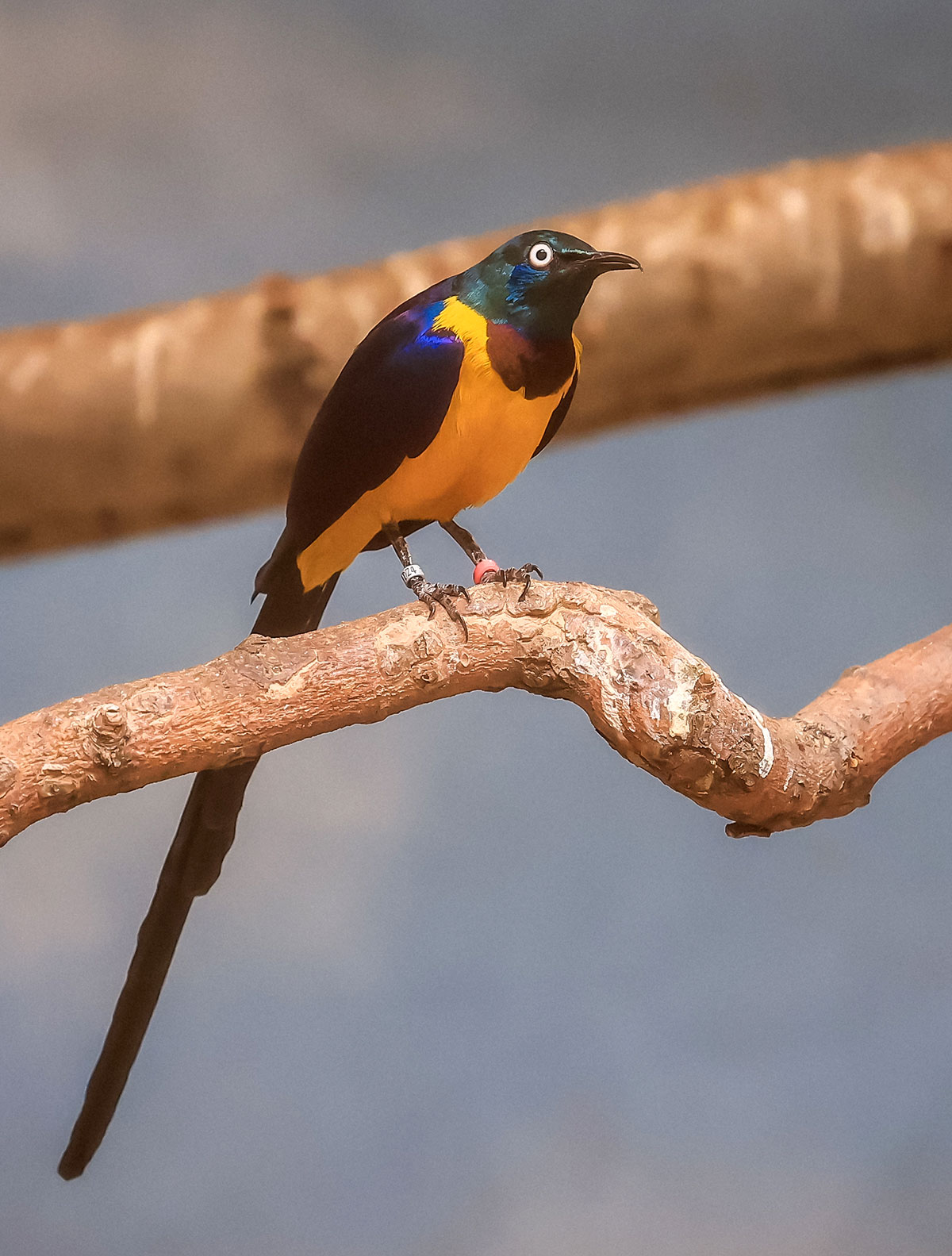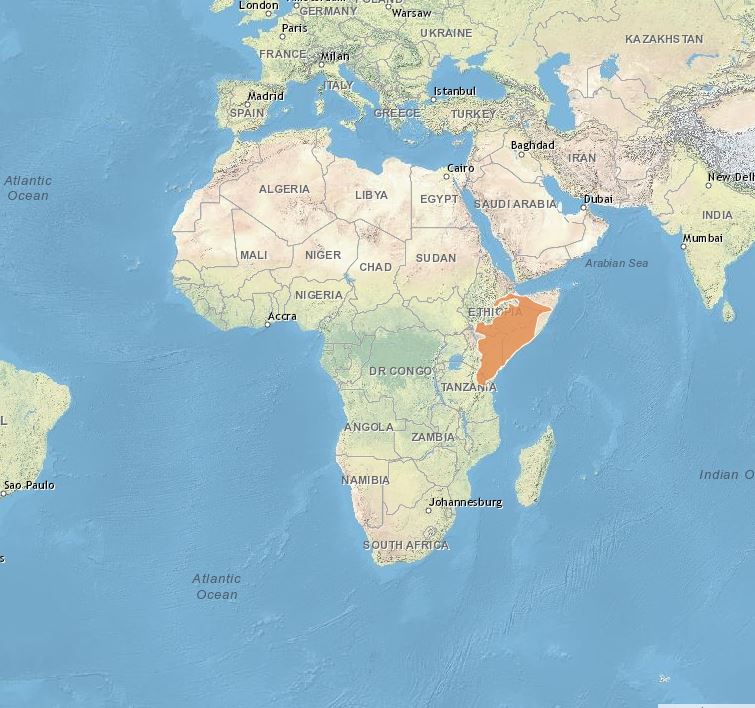Kenyan Sand Boa (Ambassador Animal)
The Zoo is home to one Kenyan Sand Boa as part of our ambassador animal program (habitat not on public display).
Animal Facts
Kenyan Sand Boas are small snakes that spend most of their time burrowed.
Kenyan Sand Boa’s eyes, nostrils, and mouths are positioned in a way to avoid excess irritation to their eyes and accidental ingestion of sand and soil as they burrow.
Kenyan Sand Boas have blunt tails that are similarly shaped to their heads. This helps to distract a predator from their head.
Kenyan Sand Boas are ambush predators. They hide in the sand with their faces exposed, or under plants and rocks. When prey passes, they quickly strike and pull them underneath the sand, constricting them.
When food is limited, they can survive without eating for up to 1 year.
Diet
Carnivorous. Small mammals, birds, and lizards – their diet includes naked mole rats.
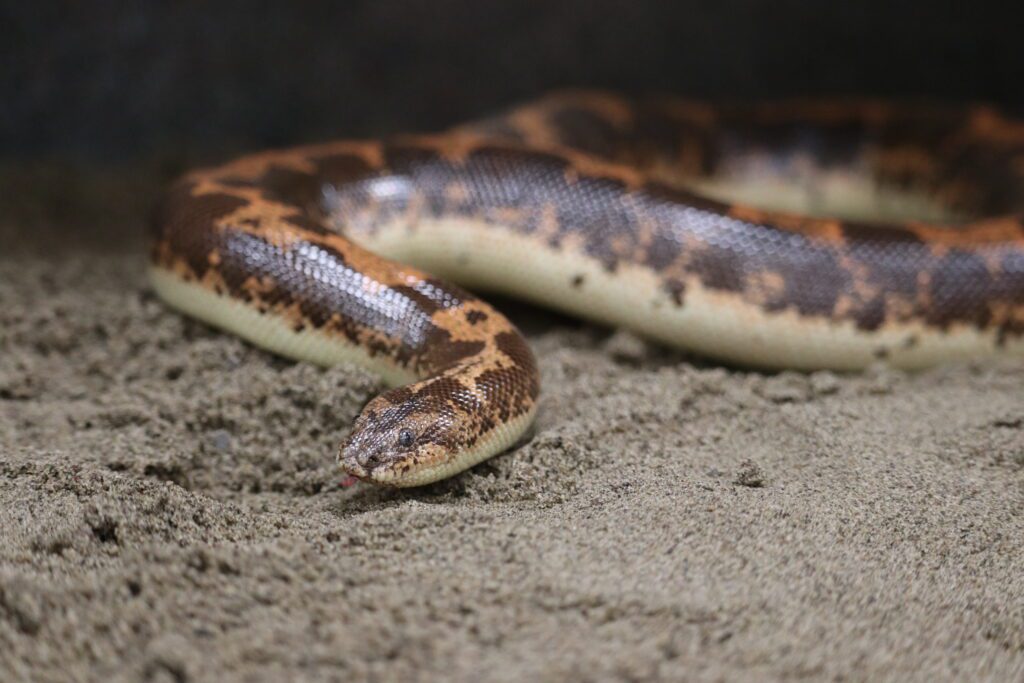
Status in natural range
- Least Concern
International Union for Conservation of Nature (IUCN) Red List status
Main threats to Kenyan Sand Boas are loss of habitat and illegal collection for the pet trade.
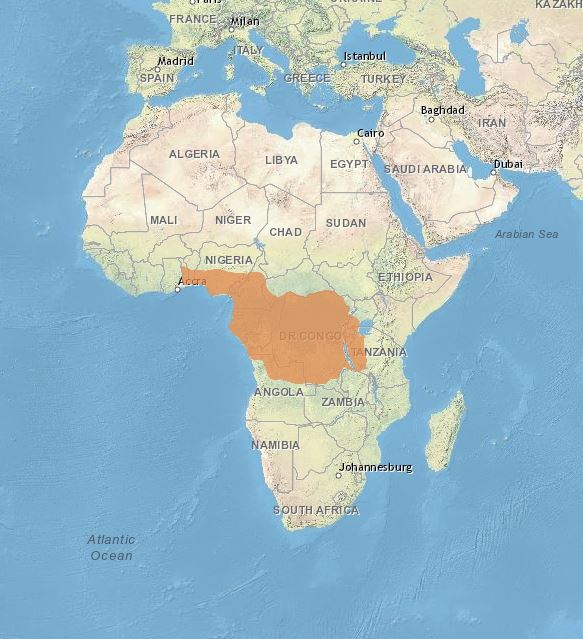
More Animals From Africa
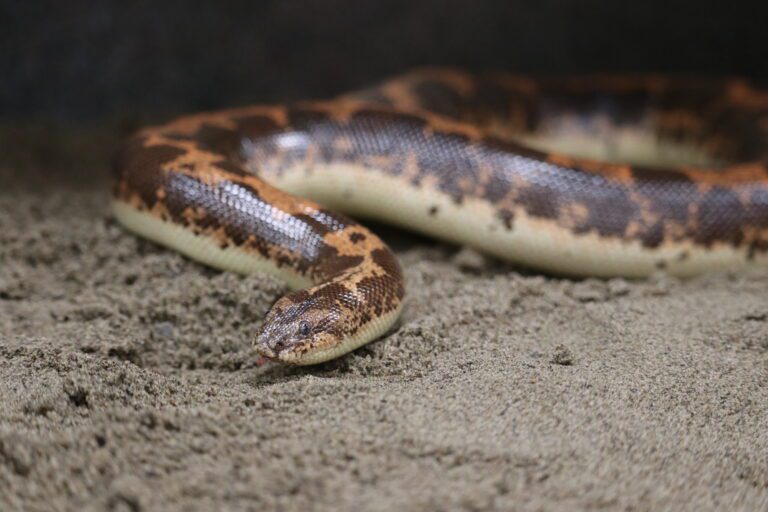
Kenyan Sand Boa (Ambassador Animal)
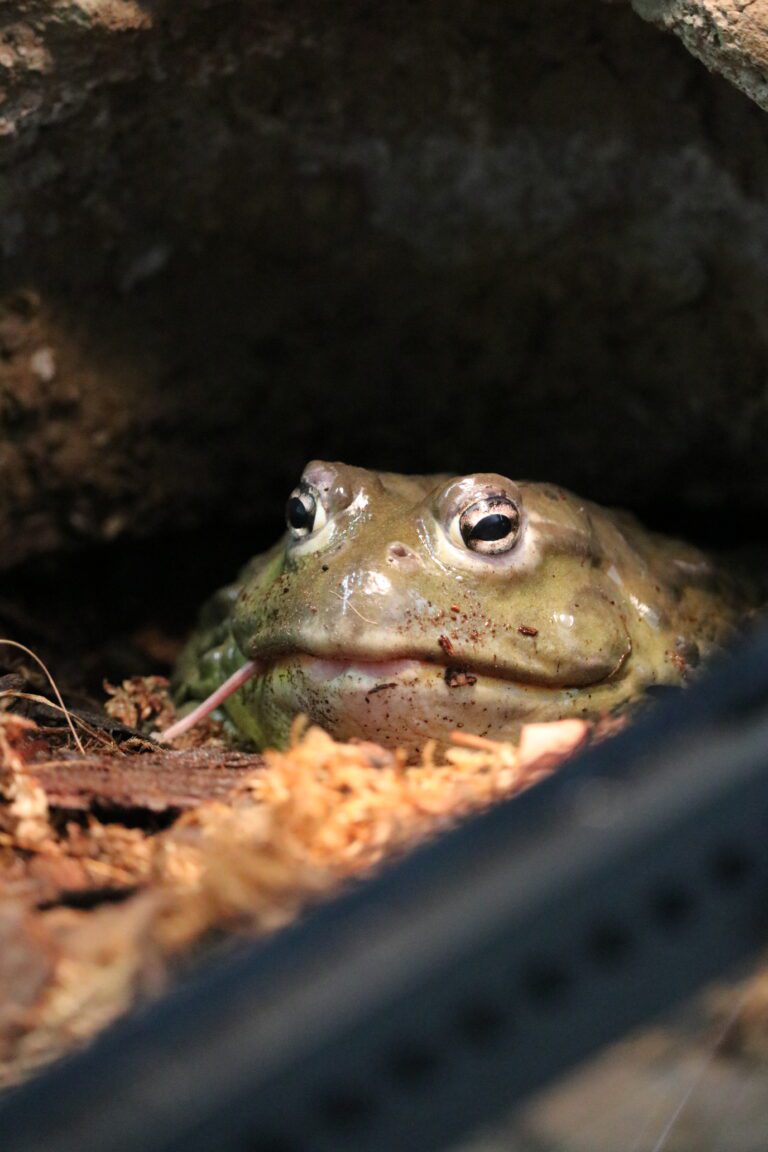
African Bullfrog (Ambassador Animal)
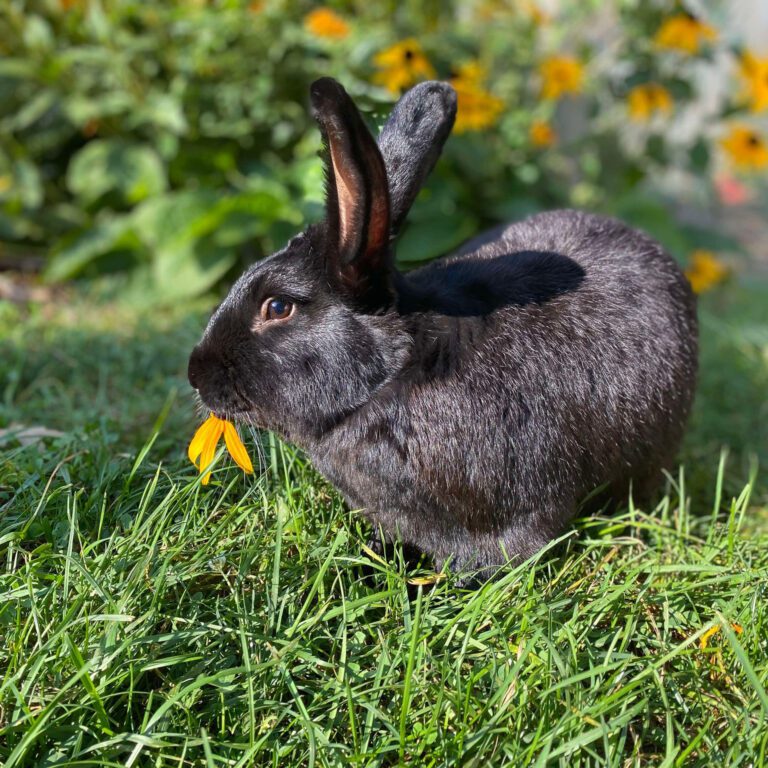
Domestic Rabbit (Ambassador Animal)
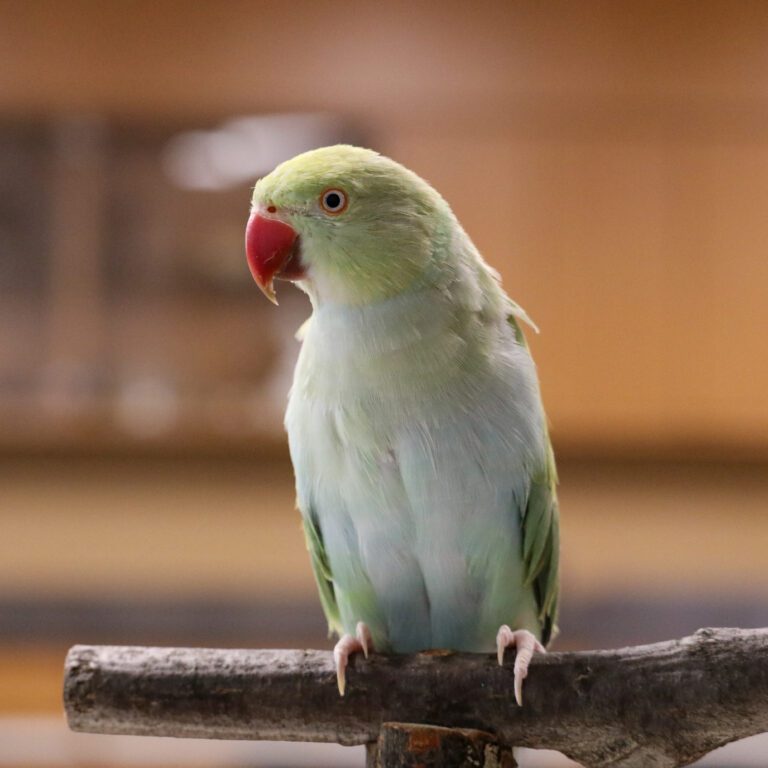
Ring-neck Parakeet (Ambassador Animal)
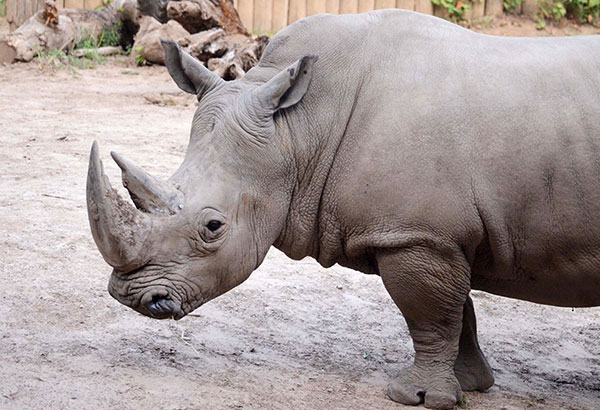
White Rhino
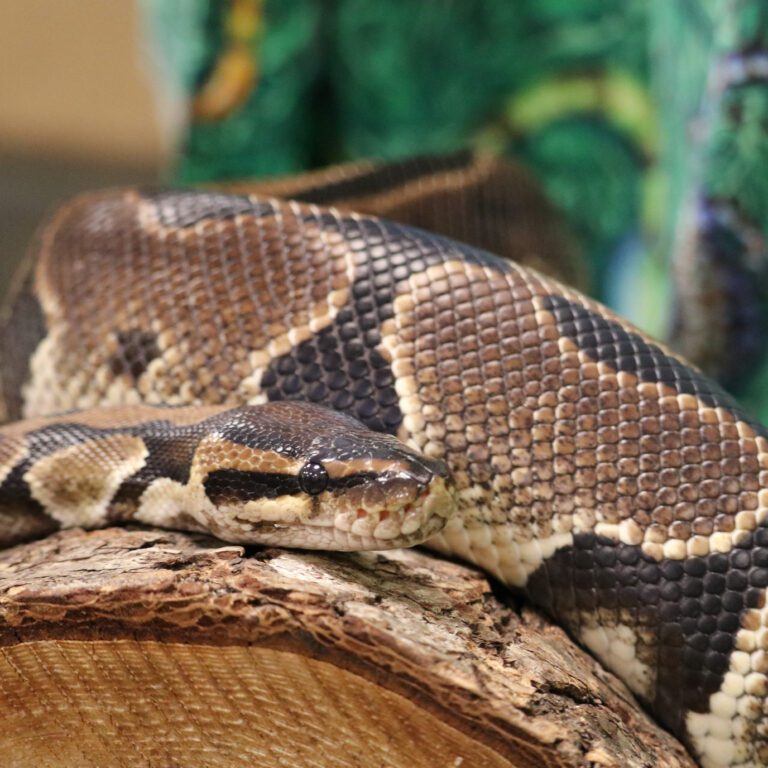
Ball Python (Ambassador Animal)
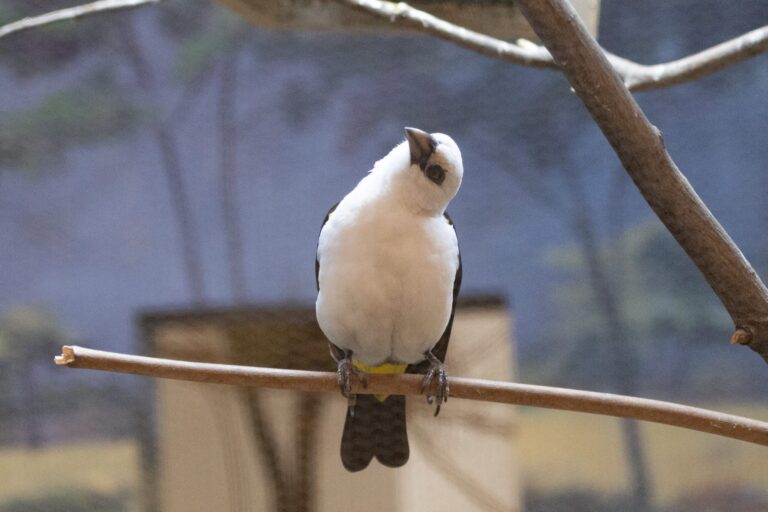
Buffalo Weaver
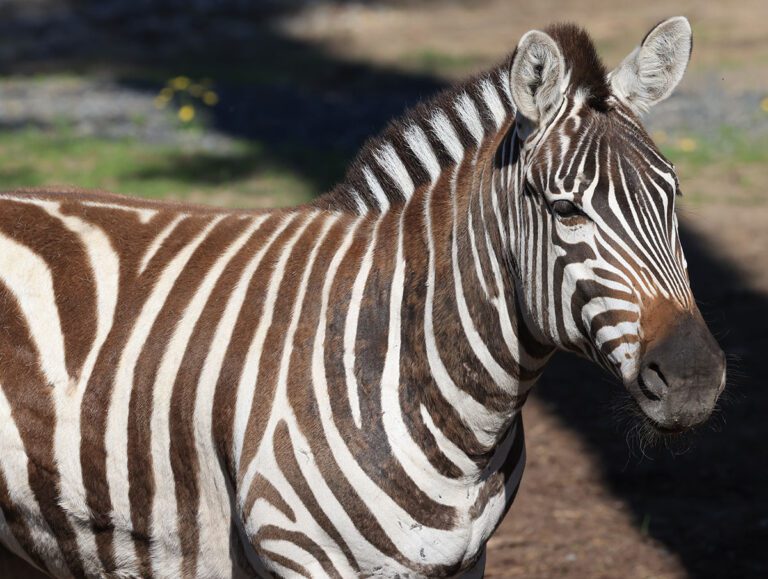
Plains Zebra
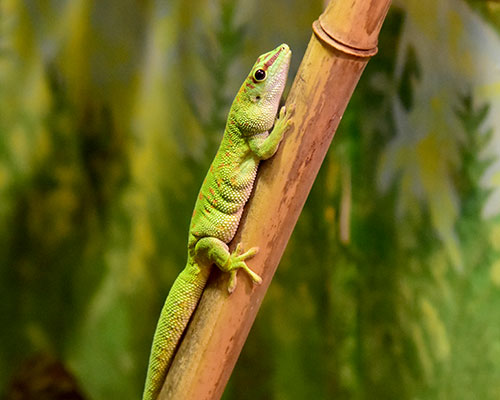
Giant Day Gecko
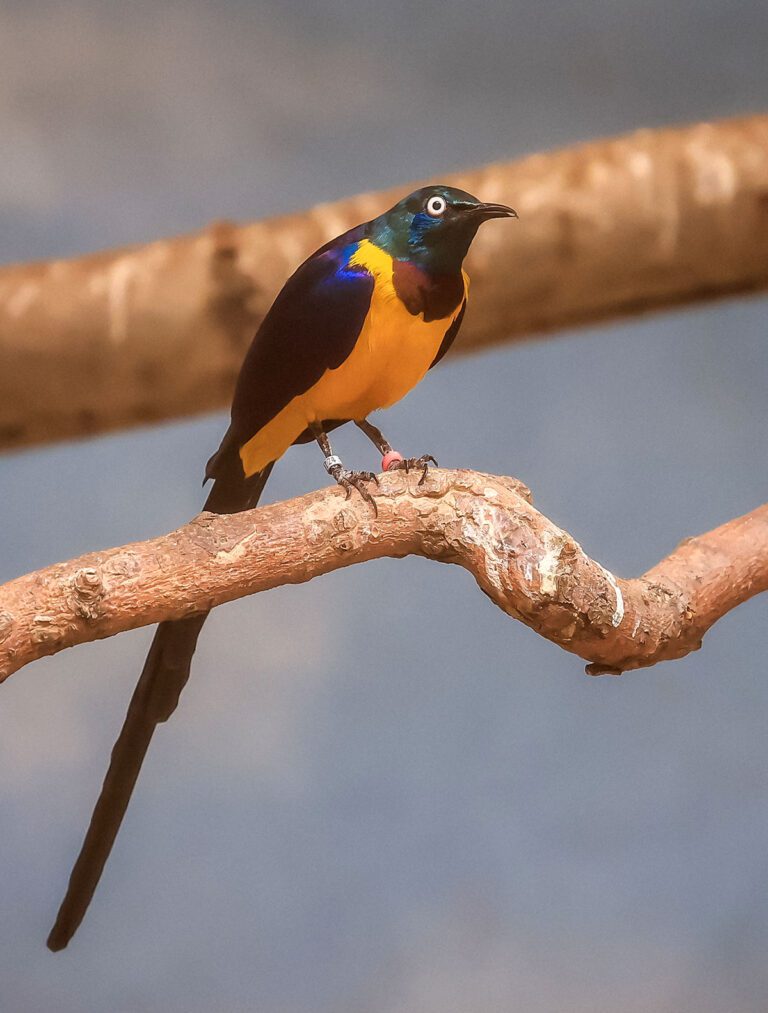
Golden-Breasted Starling
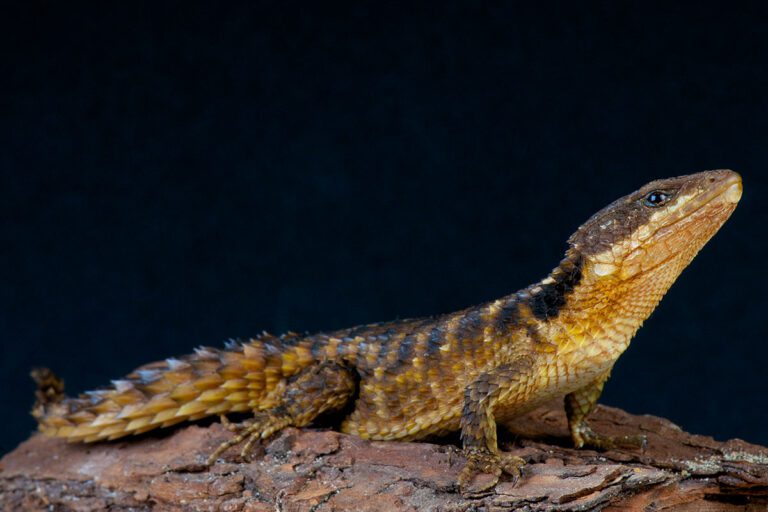
East African Spiny-Tailed Lizard
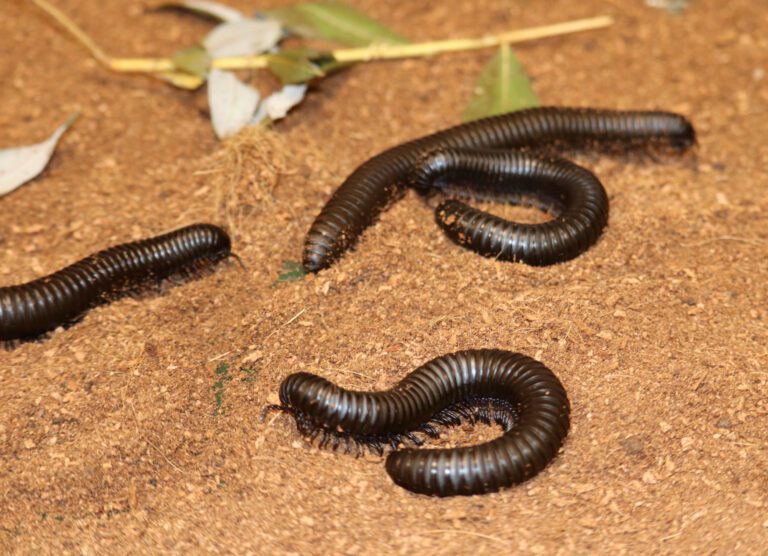
Giant African Millipede (Ambassador Animal)

Olive Baboon
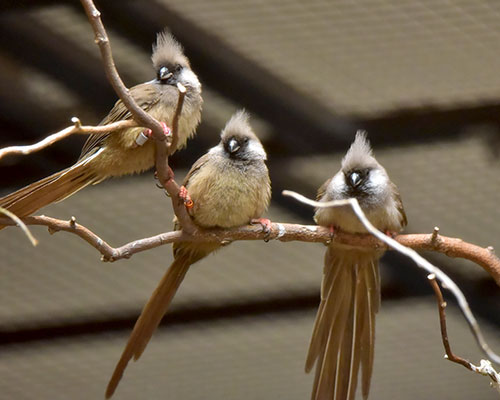
Speckled Mousebird
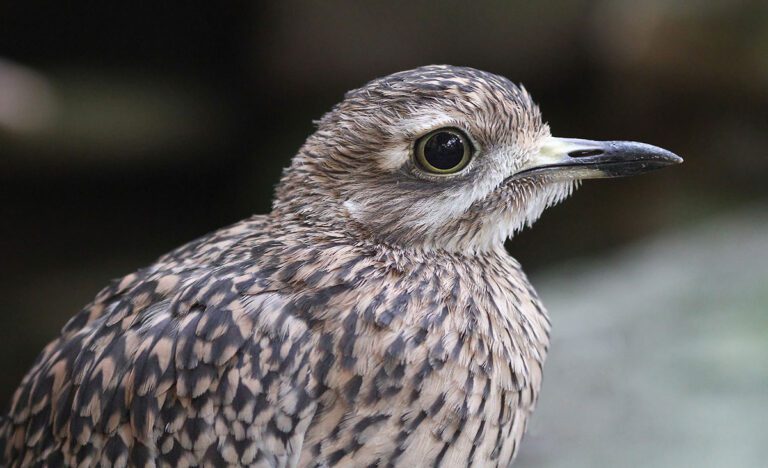
Cape Thick-Knee
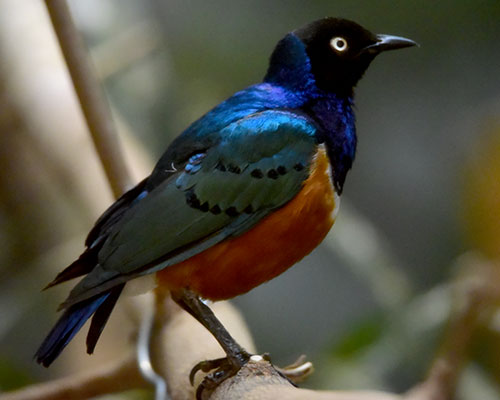
Superb Starling
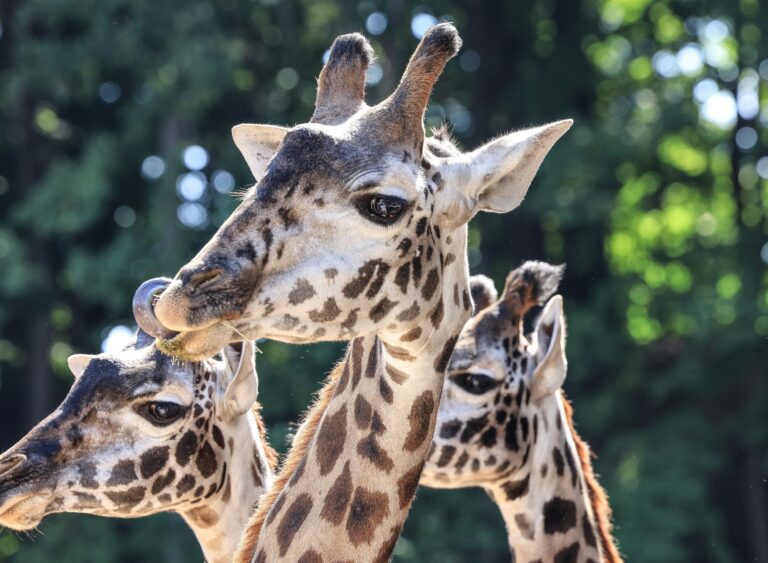
Masai Giraffe
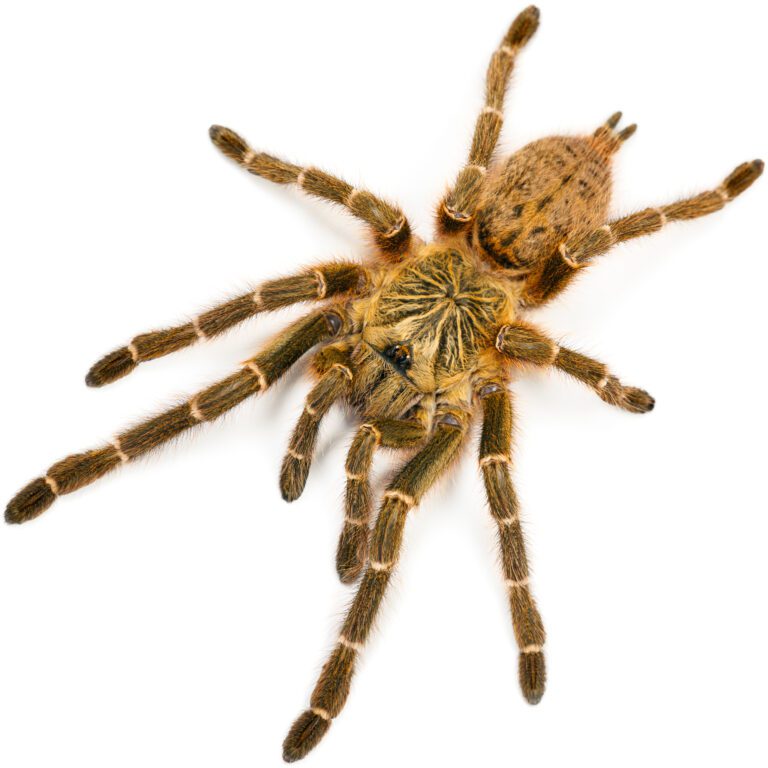
Mombasa Golden Starburst Tarantula
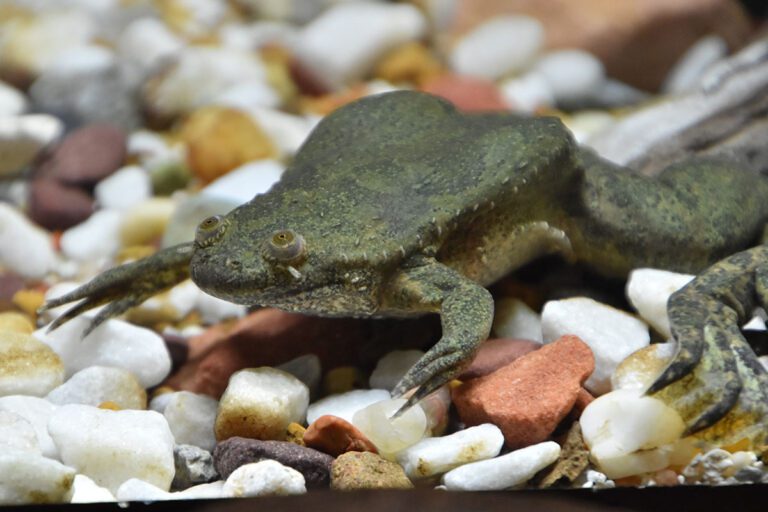
Mueller’s Clawed Frog
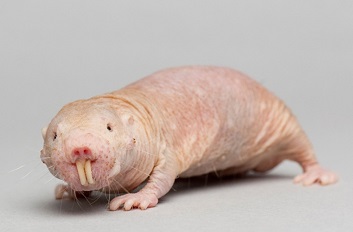
Naked Mole Rat
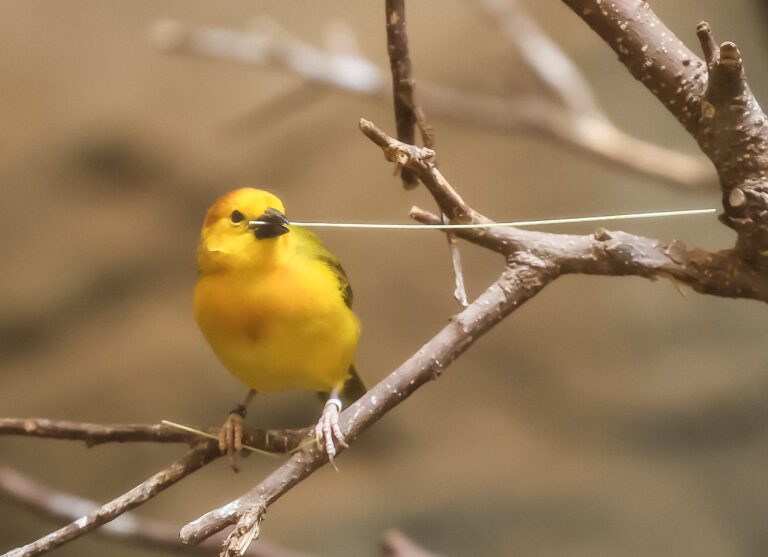
Taveta Golden Weaver
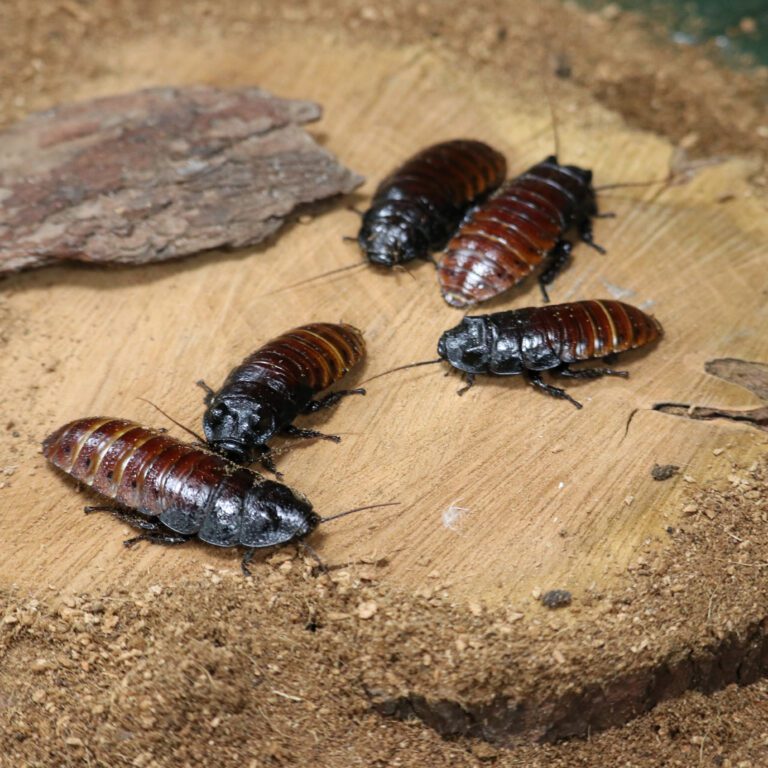
Madagascar Hissing Cockroach (Ambassador Animal)
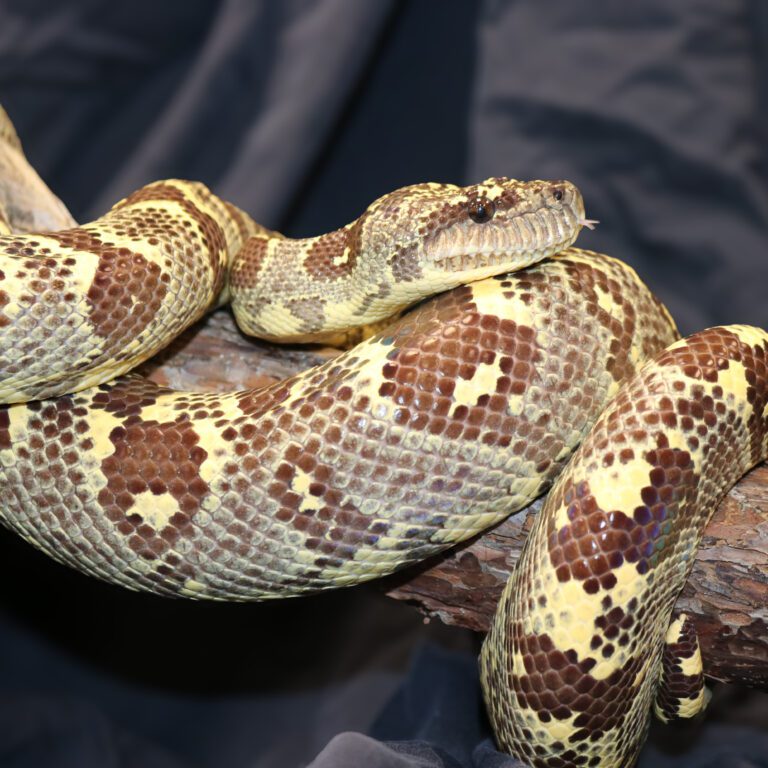
Madagascar Tree Boa (Ambassador Animal)
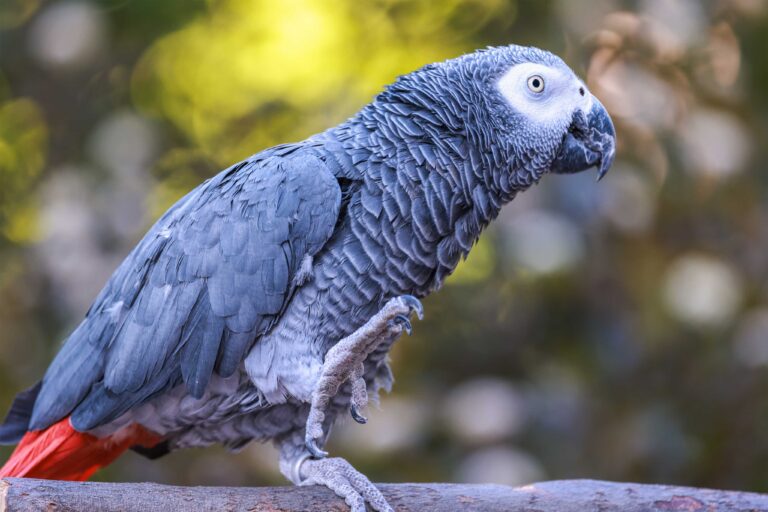
Congo African Grey Parrot (Ambassador Animal)
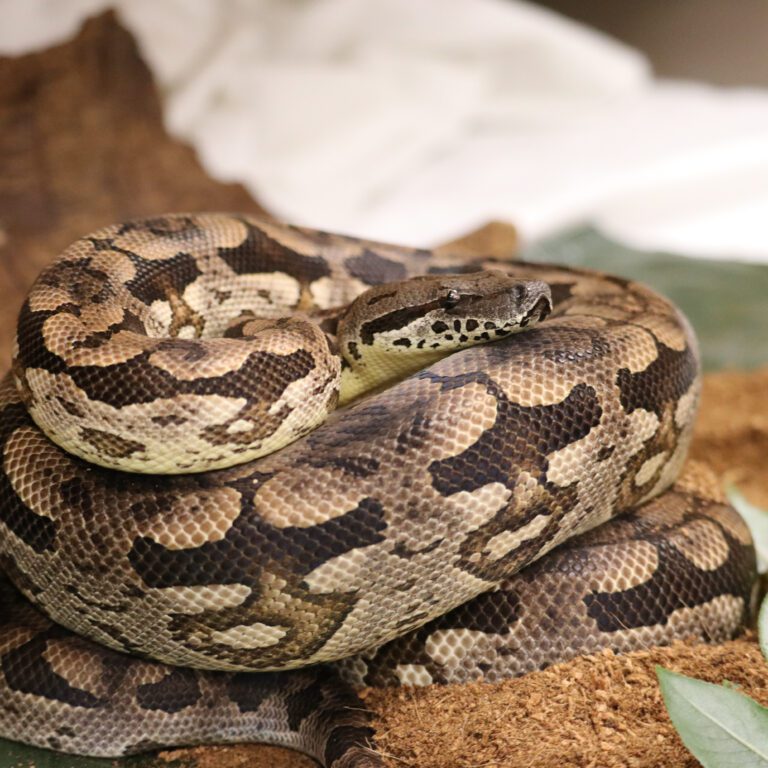
Dumeril’s Ground Boa (Ambassador Animal)
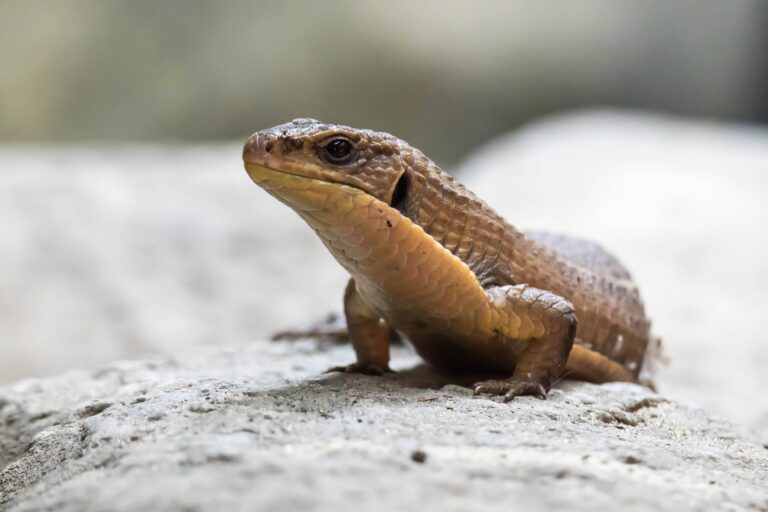
Great Plated Lizard
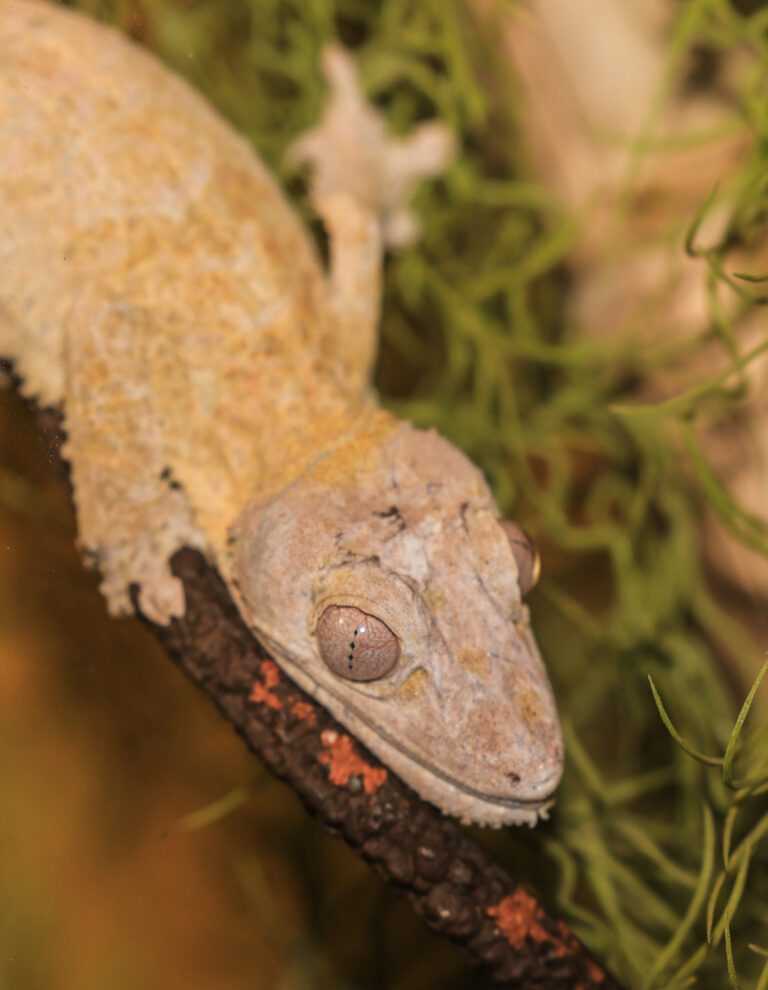
Henkel’s Leaf-Tailed Gecko
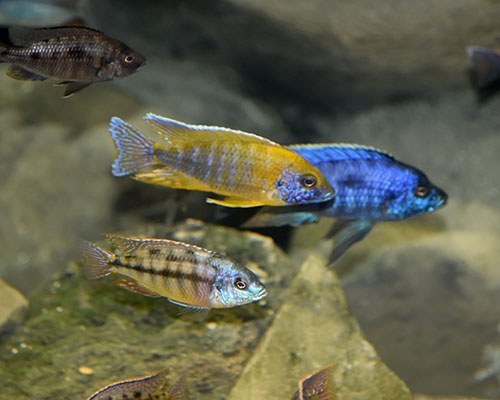
Lake Malawi Cichlids

Pancake Tortoise (Ambassador Animal)
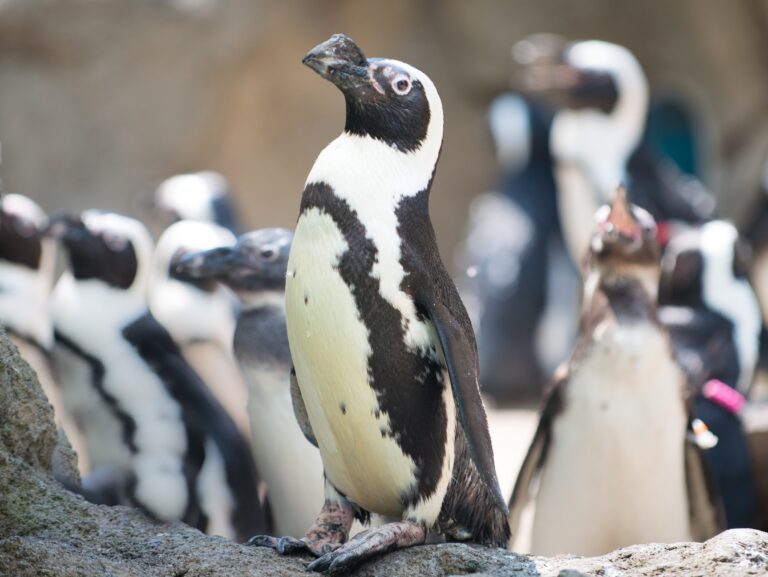
African Penguin

African Lion
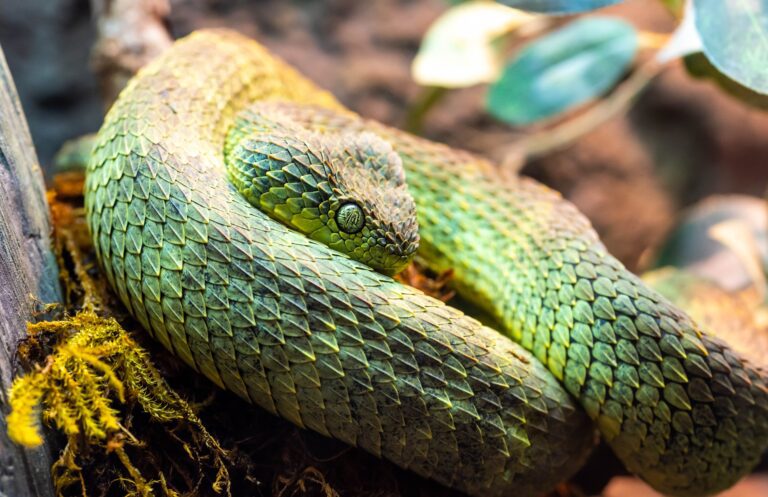
African Bush Viper


